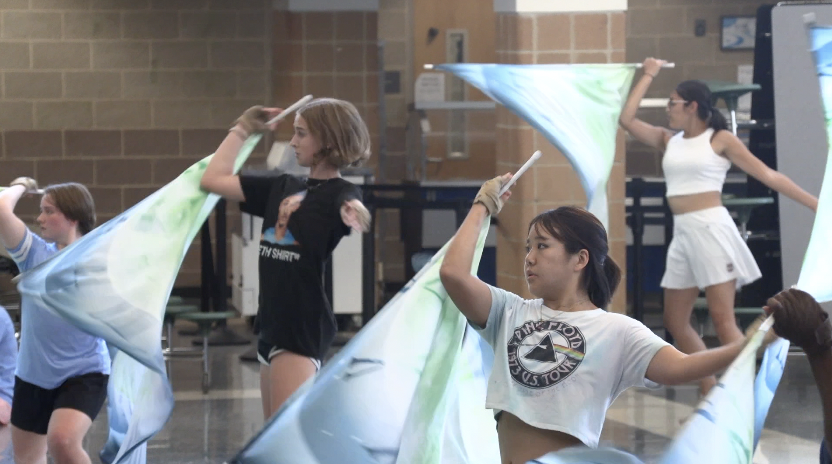Worldwide, 130 million women are out of school. Women who have no education are more likely to marry by the age of 18. In low-income countries, secondary school competition rates for women continue to lag with only 36% of women completing lower secondary school and 44% of boys.
Before the 19th century, women’s education was limited to domestic skills only. By the mid-20th century, places like Europe and North America began forming initiatives to push for universal education and prioritise gender equality, which lead to significant advancements in access and literacy for women worldwide. Reducing the gap has enhanced social stability, as it has reduced inequalities and fosters fairness which contributes significantly to less gender-based violence and discrimination.
Female education was strictly limited to domestic training- many strongly believed a woman’s place was in the domestic setting. Formal schooling was inaccessible to many parts of the world, especially for women in rural areas or lower socioeconomic classes. Advocates like Mary Wollstonecraft and Horace Mann pushed for broader education reforms with the argument that women should be provided with the same opportunities for intellectual development as men. It was later during the 1900s that movements like women’s suffrage, the United Nations Educational Scientific and Cultural Organisation (UNESCO) and the Education For All (EFA) promoted gender equality in education and advocated for equal access to education for all children worldwide regardless of gender, location or socioeconomic status. These efforts were especially furthered by the results of World War II, because there was a push to rebuild societies and offer more opportunities for women.
In recent years, organisations like Millenium Development Goals (GMDs) have driven significant progress in female education around the world. By the 2000s, many countries had seen significant increase in female enrollment rates, especially in primary education. Female literacy rates have also increased. These organisations took efforts focusing on infrastructure, teacher training and targeted policies towards female education. The Universal Primary Education aimed for all children regardless of gender to complete primary schooling by 2015, and the gender equality and women’s empowerment focused on eliminating gender disparities in education at all levels. These goals have influenced funding and policy changes leading to almost full gender parity in education in many regions. Challenges do remain in secondary education, especially in rural areas.
Both initiatives emphasised the importance of women’s education in global development and paved the way for Sustainable Development Goals (SDGs)- with 17 total goals all directed to advocating for fair and equal education- which expanded efforts for inclusive and equitable education- SDG 4- and gender equality- SDG 5. As of today regions, like East Asia, the Pacific and Latin America have higher female enrollment rates than male. UNESCO also reported the global gender parity index– a socioeconomic index which serves as a significant indicator of gender equality- for primary education has been closed by a further 0.1 percentage point. Global female literacy rates have also increased from 70% in 1970 to 87% today. Availability of adult literacy programs has helped women who did not have previous access to formal education, there have been notable improvements in South Asia and sub-Saharan Africa especially. In high-income countries, women now outnumber men in higher education facilities. In the United States and around Europe, women constitute the majority of university students, and despite challenges in other countries like India, many more women now participate in tertiary education.
However, secondary school dropout rates for women are still high, especially in low-income and developing countries. Barriers to continuing education range from child marriages, economic challenges and safety concerns. Around 12 million women are married off before they turn 18, which limits their educational opportunities. It is tradition in some parts of the world, and in others it is as a result of economic and financial problems. Families stricken with poverty will often prioritise male education because of the assumption that women are less economically beneficial. Some, especially in many parts of Africa, marry their children as a means to be more financially stable. Commutes to and from school are also a major concern; approximately 60 million women are sexually assaulted on their journey to school, yearly. Lack of security at schools often deters women from attending. Women living in conflict and crisis areas are most likely to be out of school, and in rural areas the way to school may be too long. All these factors contribute to the gender disparity in schools.
On the other hand, numerous countries are moving forwards in their journey to making gender equality universal. From Malala Fund, UNESCO to Education Cannot Wait (ECW), amongst many others, the goal to champion female education worldwide is to break barriers that prevent millions of women from accessing quality education. The Malala fund invests in local education advocates and helps develop secondary school programs in areas such as Nigeria, Pakistan and Afghanistan. ECW helps ensure learning environments are safe by addressing gender-specific challenges and funding women education in crisis zones such as South Sudan. They also provide women with psychological support, mentorship and scholarships to low-income families to afford tuition, uniforms and other school essential supplies. These organisations strive to help women thrive in a world where they all have the opportunity to do so. Women attending school significantly contributes to the economic, social and global development of a country through contributing to national economies thereby reducing poverty, improving health outcomes, reducing child marriages and global NGOs focusing on gender equality in education.
The history of women’ education is a journey from exclusion to increasing inclusion- with help from governments, NGOs and individual campaigns and organisations tackling these issues by promoting free and safe education as well as providing scholarships to help fund tertiary education.












































































